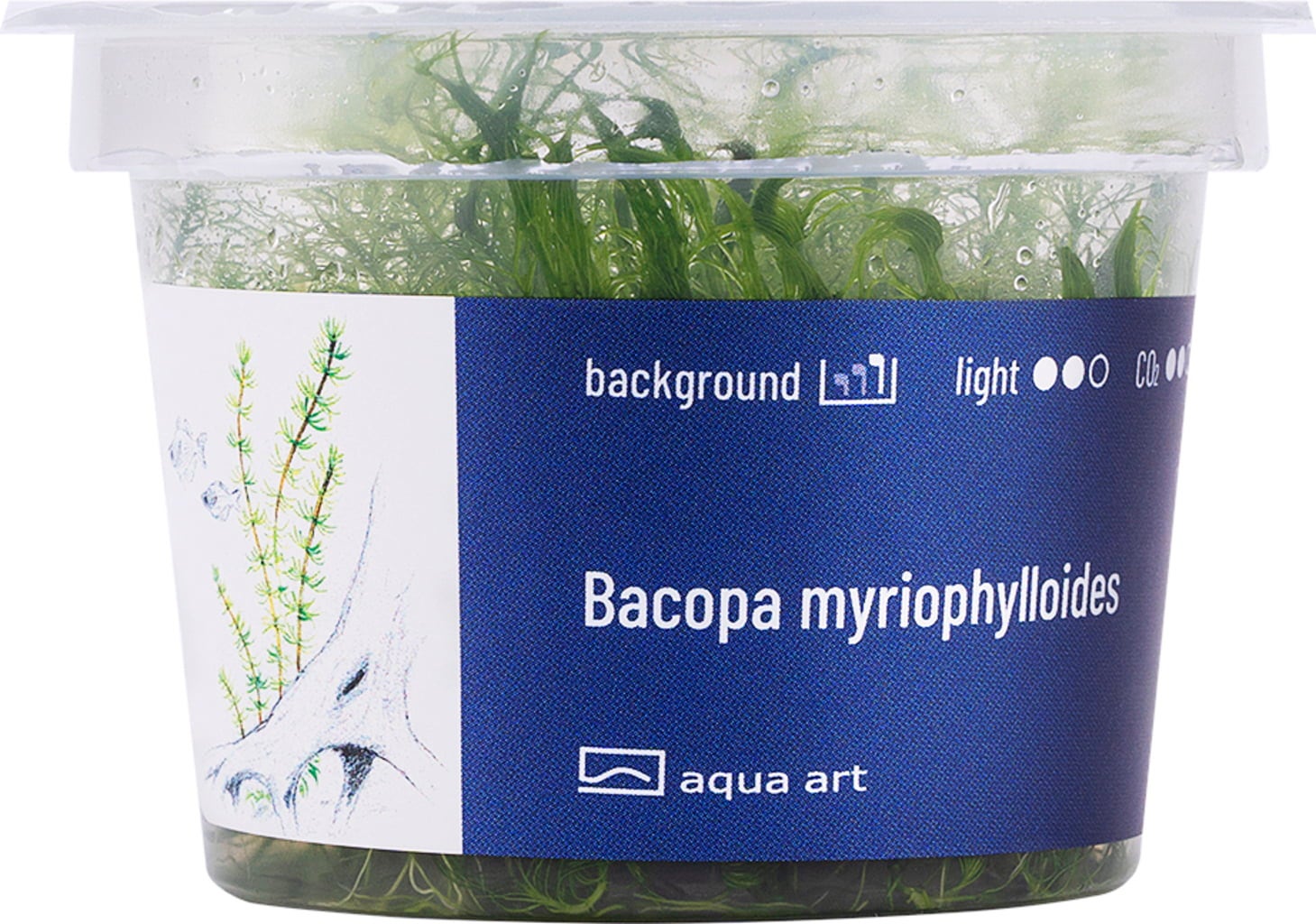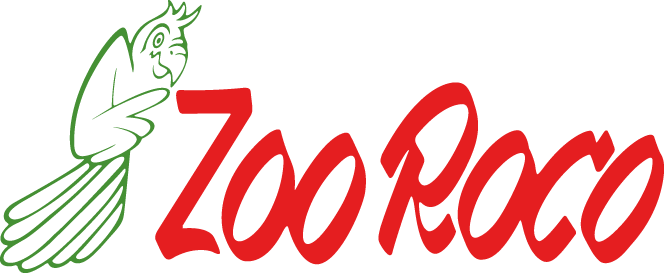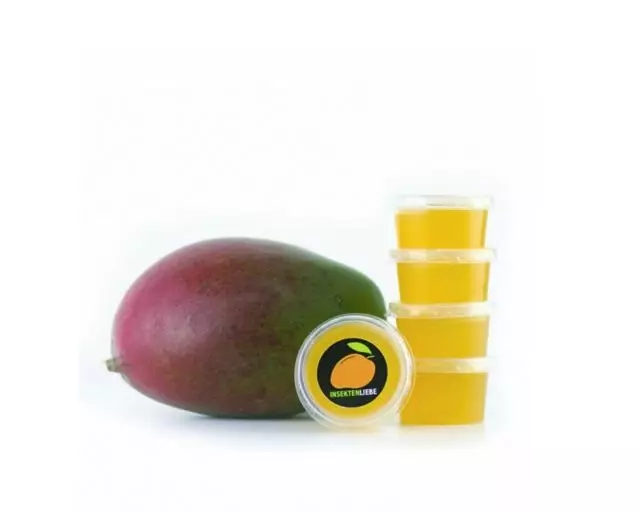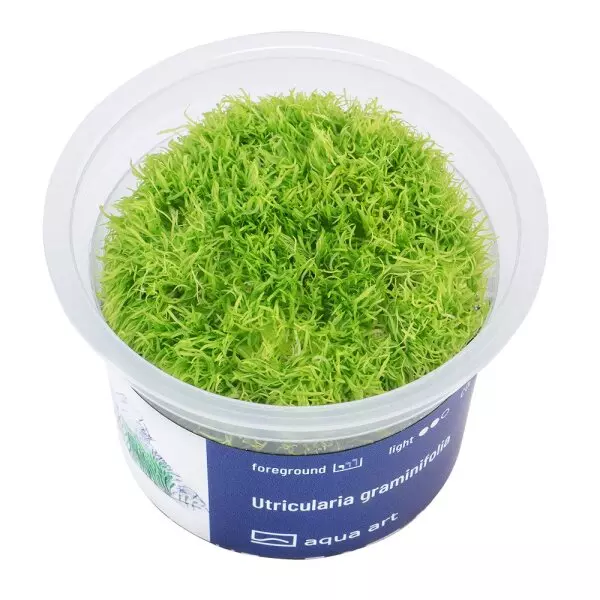







CHF 6.50
Stock: 4
Available, delivery time: 1-3 days

Invitro aquarium plant Bacopa myriophylloides
Delicate aquarium plant for the background
Bacopa myriophylloides is an elegant stem plant with delicate, finely pinnate leaves - a real eye-catcher for the background of your aquarium. Its special structure brings lightness and movement to the layout and is ideal for aquascaping and natural aquariums.
As a high-quality in vitro plant, it is free from algae, snails and pesticides, making it particularly safe for shrimps and sensitive tanks. With good lighting and CO₂ supply, Bacopa myriophylloides grows compactly and healthily - with a beautiful, delicate appearance.
Advantages at a glance:
-
✅ Delicate stem plant with feathery leaves
-
✅ Ideal for the background & textured layouts
-
✅ InVitro - sterile, pesticide-free & shrimp-safe
-
✅ Healthy growth with light & CO₂ addition
-
✅ Perfect for aquascaping & natural aquariums
Product details:
-
Name: Bacopa myriophylloides
-
Type: Stem plant
-
Location in the aquarium: Background
-
Growth height: approx. 30-50 cm
-
Light requirement: Medium to high
-
CO₂ supply: Recommended
-
Delivery form: In vitro cup (grown sterile)
-
Special feature: Very fine, decorative leaf structure
0 of 0 reviews
Login
Customers also bought
Similar products
Customers also viewed








.jpg)















